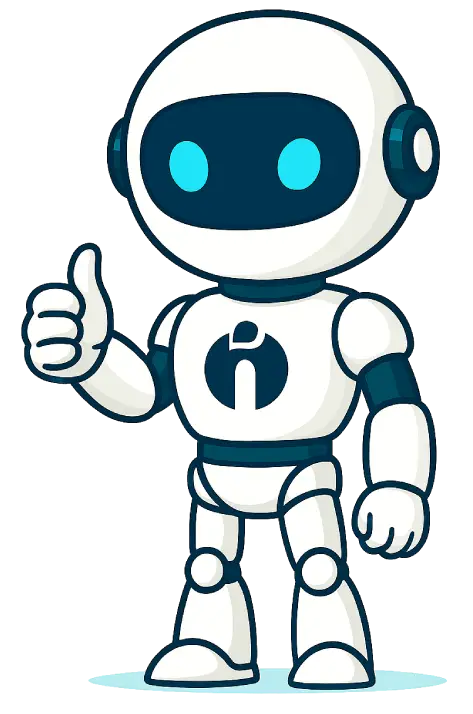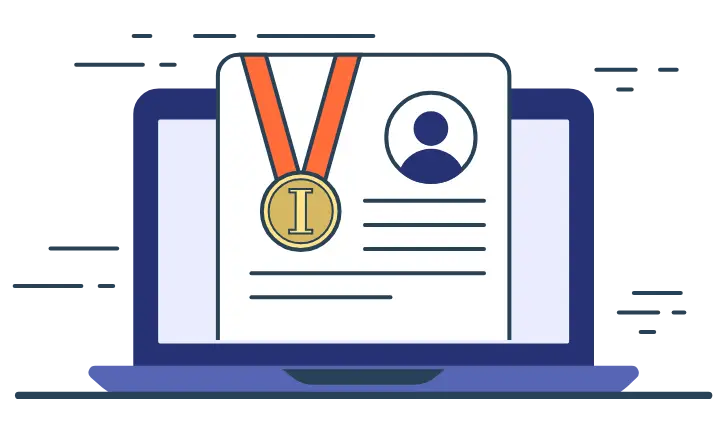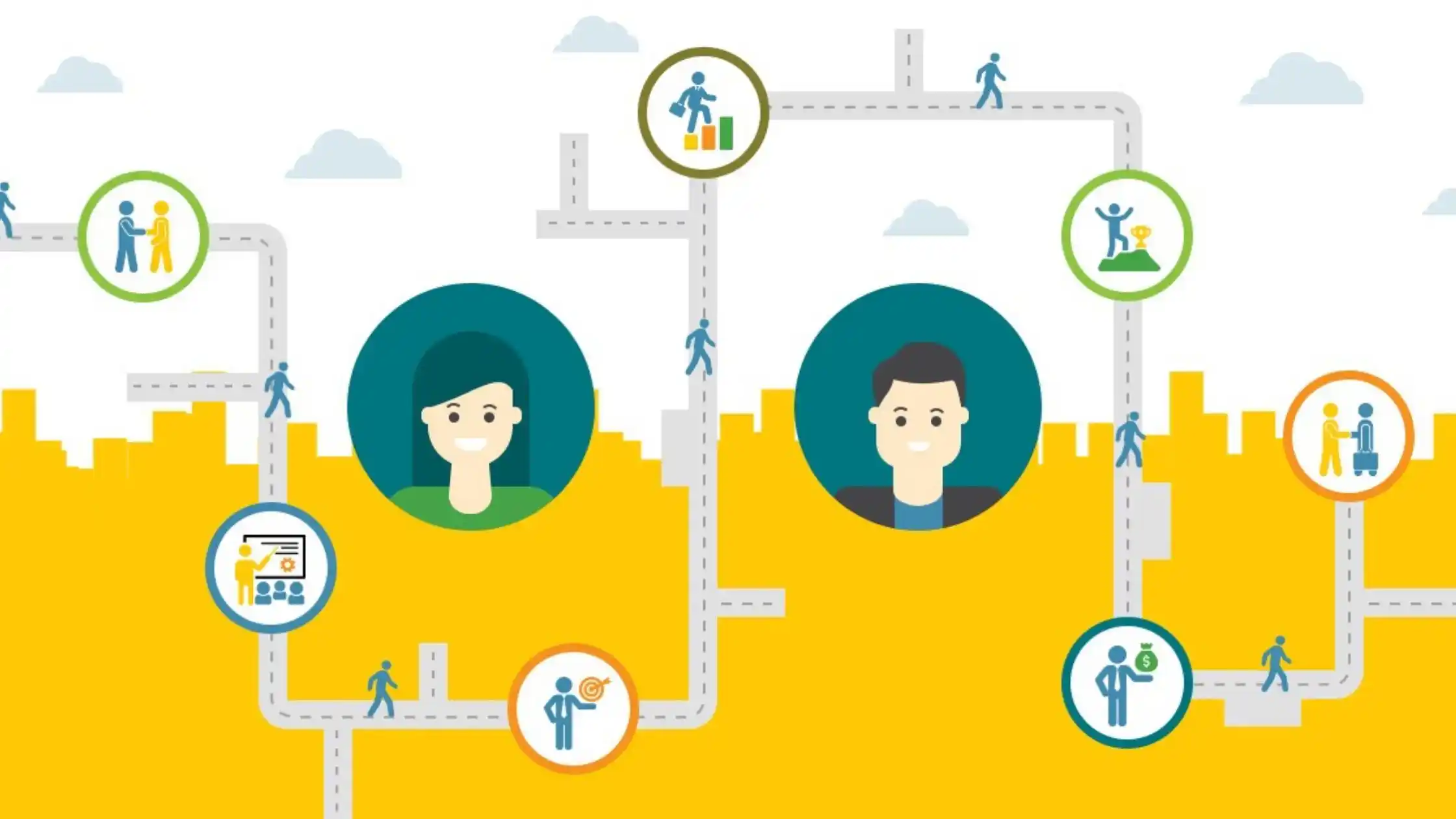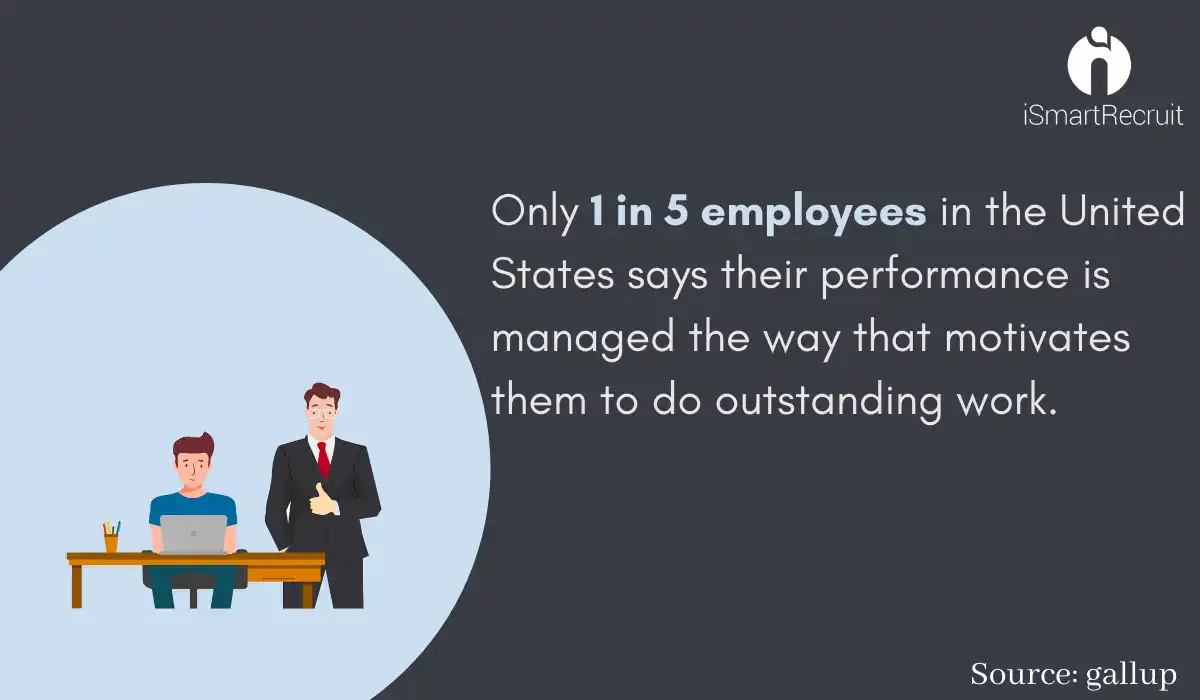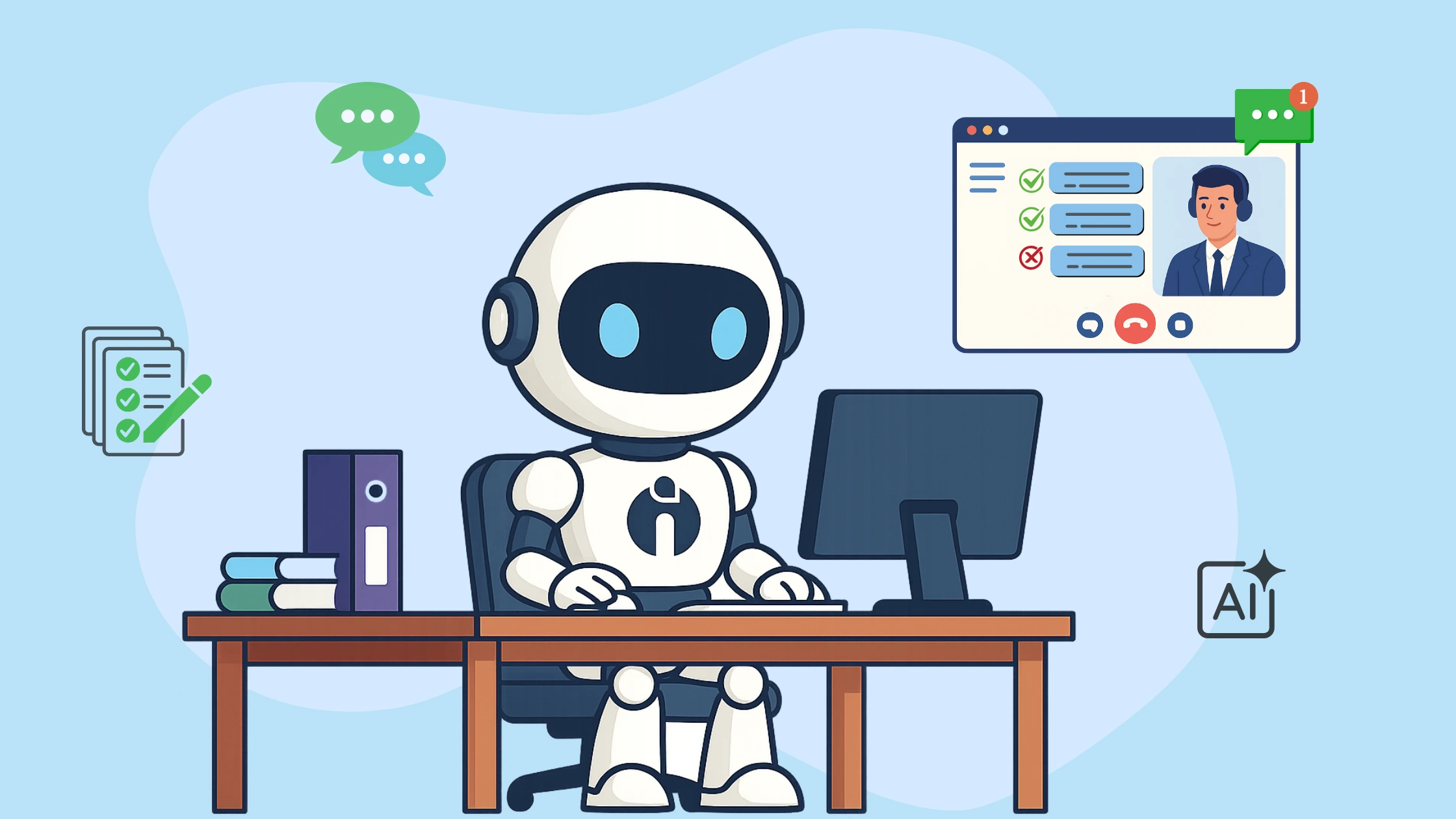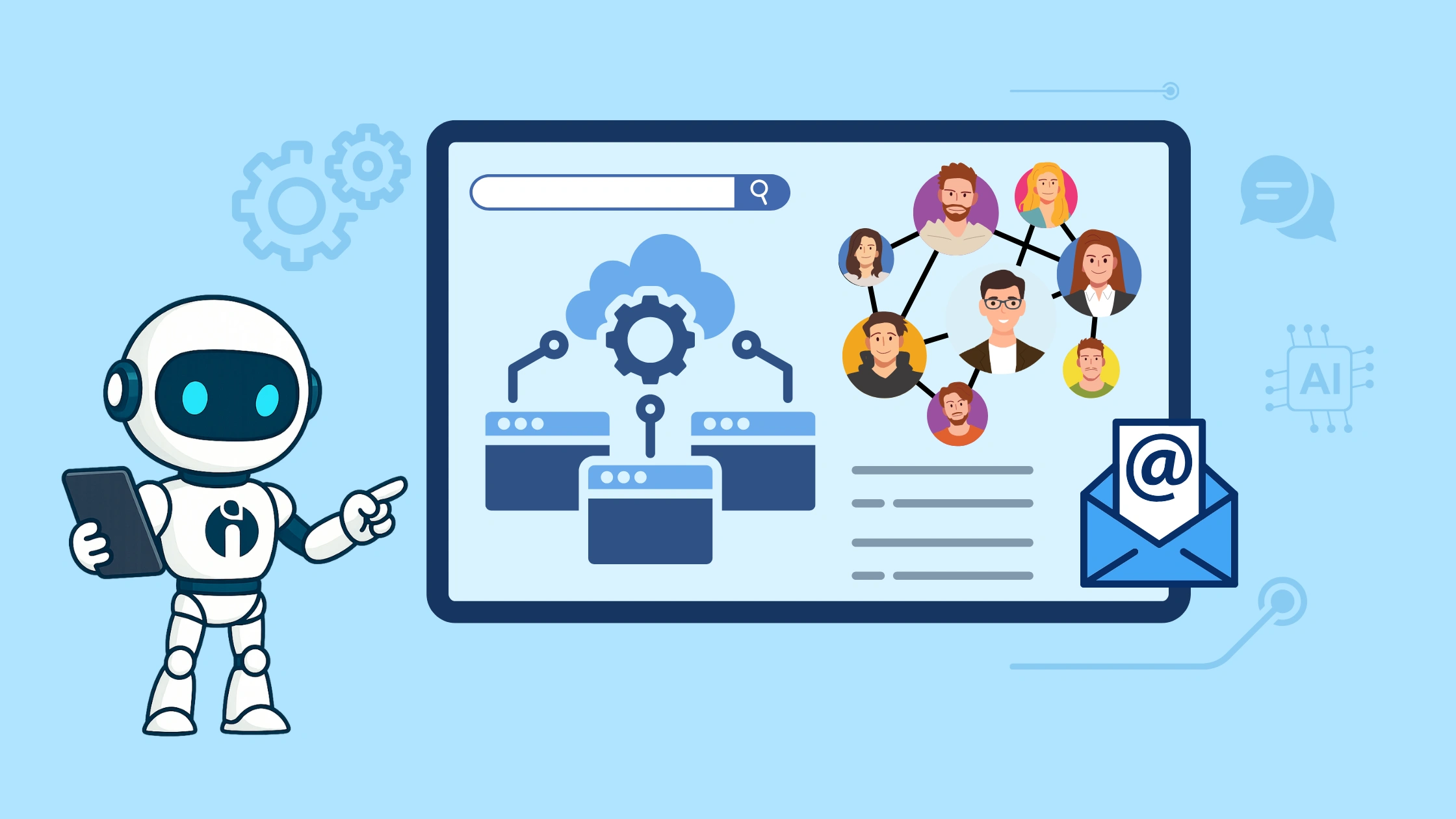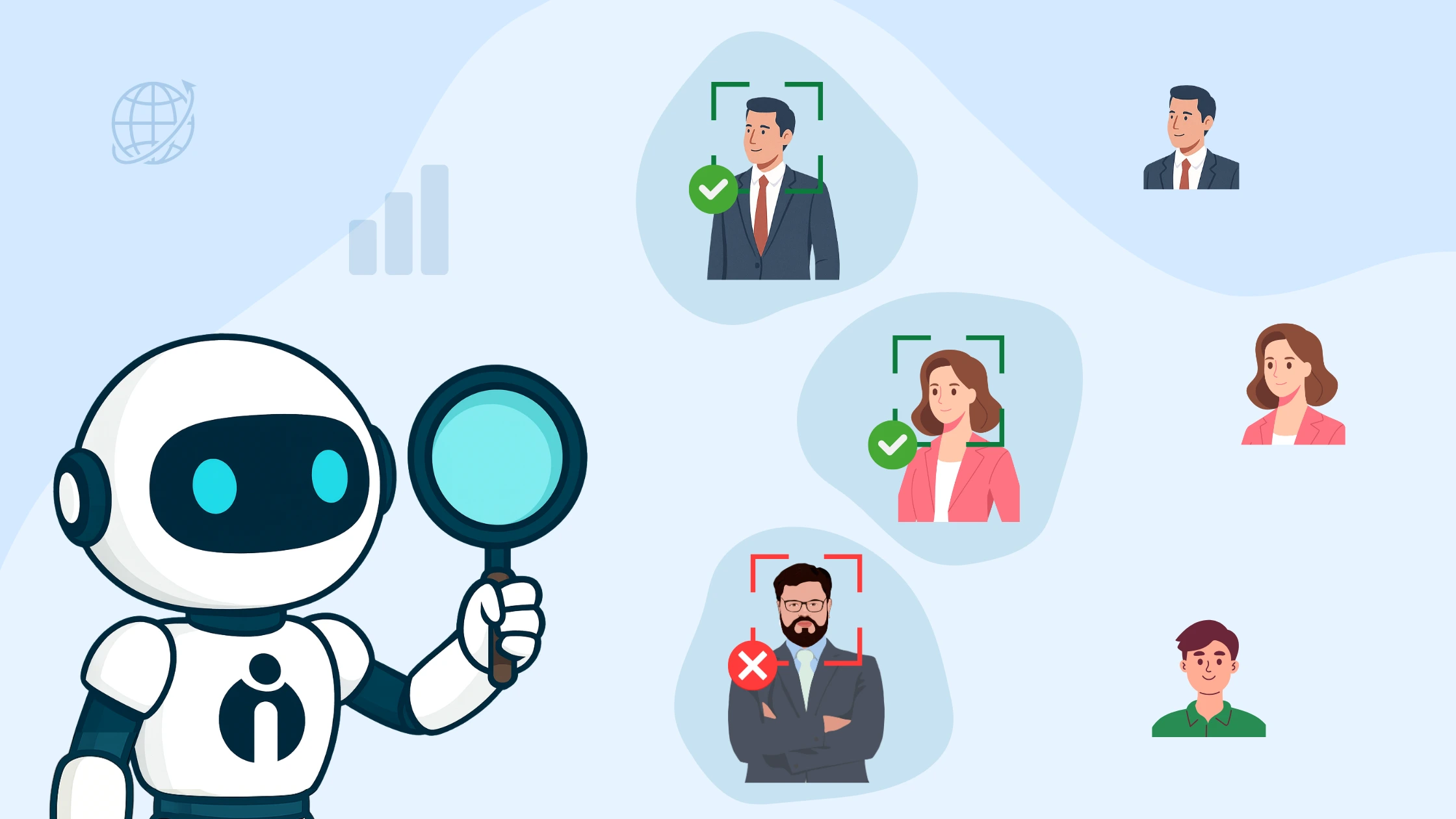TL;DR
- Employee experience significantly affects motivation, efficiency, retention, and business success.
- Employee journey mapping provides insights to improve the positive aspects and address issues in the employee experience.
- Identifying and engaging the right stakeholders is crucial for successful journey mapping implementation.
- Regular, unbiased, and comfortable feedback collection from employees is essential to get accurate data.
- Scoping the journey map by stages, jobs, or events can save time and effort while building an effective map.
- The onboarding stage is vital for setting the tone of the employee journey and retaining talent.
- Prioritising employee wellbeing over mere results fosters better customer service and company success.
Employee experience is too important for a company's success to be ignored. No organization can operate without human resources, yet often they are forgotten in the customers’ shade and addressing business needs.
Meanwhile, employees face various challenges, may experience different pains, have certain needs, and strive to achieve some goals. And all of these definitely affect their motivations, efficiency, retention, and work results.
According to Gallup's State of the Global Workplace, only 1 in 5 employees in the United States says their performance is managed the way that motivates them to do outstanding work. What is even more surprising, just 1 in 3 employees is committed to their work and workplace. In terms of productivity and company profit, that sounds like a pretty unfortunate oversight.
After all, the employee experience journey map is the key that can help a business turn motivated employees from a luxury into an everyday reality. Believe it or not, this key is not that hard to obtain!
When done right, an employee journey map not only visualizes the timeline of the entire employee’s experience with your organization but also provides valuable insights into what people go through every day, and inspire actionable ideas on how to enhance the positive sides of their experience and fix the negative ones.
Map Employee Experience
When mapping employee experience, there are some expert tips and tricks that you can use straight away to reap all the rewards journey mapping can offer. Are you ready to find them out?
Identify stakeholders correctly
Stakeholders are very crucial in any mapping initiative. These are the people who possess the information, have the ability to influence the experience of your employees, and are also able to take responsibility for the implementation of certain ideas.
Can you list the main stakeholders that interact with an employee or influence their journey indirectly? How much impact do they have at different stages of the employee journey? At what employee journey touchpoints? Via what channels?
Remarkably, many employee journey mappers can’t answer these questions and save themselves from the headache of interviewing every somehow concerned person. Or from searching for those who can help with the implementation of strategies to improve the employee experience.
So to considerably ease the process and identify the key people influencing the employee journey, make sure to learn their -
-
Job role and position in the company;
-
Degree of influence on the employee;
-
Degree of influence on the mapping project;
-
Relation to specific employee journey steps ;
-
Engagement hooks;
-
Personal pains and motivations;
-
And so on.
Don’t forget to define the frequency of your further communication as well. Someone will be more willing to participate in your project, realizing that they are needed only a couple of times a month.
After identifying your stakeholders, devote time to encouraging their engagement in the mapping process via process mapping software and discussing their ideas and points. You can also create and share a checklist with every step your stakeholders should take throughout their mission. Such a clear action plan will also serve as additional motivation.
Keep in mind power dynamics in the team. And remember that people might be reluctant to share the truth about the boss or colleagues with whom they interact, fearing the consequences. Likewise, top management is not always ready to share inside information with other employees.
Gather exhaustive and unbiased information
A surefire way to uncover what resonates with your employees and use this information in your employee experience map is to keep your finger on the pulse of their everyday work routine. To do so, you have to collect feedback from employees regularly. Short monthly feedback can be more useful than detailed research every five years.
Also, formal questionnaires or reviews might weigh your employees down or simply fail in terms of frankness, as employees might be scared that their honesty will be used against them.
Here’s how you can put your employees at ease, inspire honest feedback, and get the data you need -
-
Use such activities as a suggestion box, daily sharing of one positive and one negative thing everyone faces, or spread out short everyday reflection prompts. Gamification stimulates interest, plus people will get used to sharing their thoughts and will be able to come to you with more detailed feedback.
-
Keep in mind that former employees will be franker than the current ones, just as those who work long enough will more willingly talk about the onboarding process rather than newcomers. After collecting a piece of the puzzle from each group of workers, you will be able to see the bigger picture.
-
Practice gathering anonymous feedback.
-
Ask a person from another department to help with collecting employee feedback. But don't ask employees to spy on each other.
-
Remember that communication is not only about words. Pay attention to employees’ body language as well.
-
People are more likely to respond with trust to trust. So be an example and share the truth yourself.
Obviously, the feedback from employees at different stages of their journey will be different. And differentiating between the desires of one employee and changes that would benefit all the workers can be quite a challenge.
Look for common patterns and don't add particular cases to the map. You have to focus on what will benefit the majority of your staff. Nevertheless, ideas from even one employee can benefit everyone. Therefore, don’t throw away individual cases, leave them for later analysis.
Scope and conquer
Building an end-to-end journey sounds overarching, impressive, and requires too much time and effort. To save both, you can always scope your employee journey, basing on -
-
Stage (e.g., an employee onboarding journey map);
-
Job (e.g., a customer support agent journey map;
-
Location (e.g., a remote employee journey map);
-
Event (e.g., a team-building journey map);
-
Any other criteria that suit your particular case.
You can also go iteratively, building an end-to-end employee experience journey stage by stage, or sharing different parts of the map among team members to speed up the building process. Then combine all the pieces together to create a single exhaustive map.
Take the most of the onboarding stage
All stages of an employee's journey are significant, but the onboarding stage is remarkable in that it serves as a gateway to new people. The very people who in the future can form a completely different climate within the team, bring in new knowledge, infect others with their positive example and ultimately change the company for the better.
But if there are too many problems at the onboarding stage, a completely different example becomes contagious. Even longtime employees will begin to wonder what is wrong with the company that people are fleeing like a sinking ship.
So you can endlessly contemplate your beautifully designed map, but if you aren’t willing to lose any valuable candidates, it's better to fix problems you found out at the onboarding stage at the quickest.
As soon as you receive the feedback from newcomers and the old-timers on the recruitment and onboarding process, use it to attract new candidates and improve their experience with your company.
Ensure that your HRs know what to emphasize in vacancies, what company features to highlight during interviews, and what to focus on during onboarding to support the hiree and make a good first impression that will last on the following employee journey stages.
Choose employees over results
Often, it’s way easier to get support from the top management and engage stakeholders when customers are involved. But when it comes to employee experience, it’s another kettle of fish.
What’s worse, sometimes employee experience is sacrificed in favor of customer’s desires and needs, as well as business KPIs. This can reasonably be considered a crime against the company's success and profit, as employee satisfaction and efficiency are deeply interconnected with the customer experience and business metrics.
Not to mention that people who leave the company because of the bad experience can cause you loss of reputation and extra costs.
So when looking at your customer journey map and considering ways to improve their experience, keep in mind your employees and how your ideas affect them. You may reduce your staff’s lunchtime to serve a few more clients, and it may work at first. But then you’ll find out that a hungry worker provides bad service. Thus customer experience suffers even more.
When ideating on the employee journey map, focus on people who trusted you with their feedback. Make sure you act ethically and protect their interests. And you will get a great deal back.
Are we out of tips?
These tips and advice brought and used together are a great way to identify many of the blindspots and problems your employees face, as well as wow factors and opportunities for improvement.
More tricks and expert opinions on how to make the best of employee journey mapping initiatives are coming. Stay tuned and take care of your employees.
FAQs - Frequently Asked Questions
What is an employee experience journey map?
An employee experience journey map visualises the stages an employee goes through at your organisation. It highlights key moments, challenges, and opportunities, helping businesses improve motivation, retention, and overall satisfaction effectively.
How can I gather honest feedback from employees?
To encourage honest feedback, use anonymous surveys, suggestion boxes, and regular informal check-ins. Gamification can also help engage staff, making them more comfortable sharing their true experiences with iSmartRecruit tools aiding this process.
Why is focusing on onboarding so important?
Onboarding sets the tone for an employee’s entire journey. A positive experience here boosts commitment and productivity, while problems can lead to high turnover. iSmartRecruit helps refine onboarding to create a welcoming environment for new hires.
Who should be involved in mapping the employee journey?
Stakeholders spanning various roles should be engaged. These include HR, management, and employees across departments who influence or experience different journey stages. iSmartRecruit supports collaboration with tools to ease this involvement.
How does employee experience affect customer satisfaction?
Employee satisfaction directly impacts customer service quality. Happy, motivated employees provide better service, boosting customer experience and business performance. iSmartRecruit emphasises ethical treatment of staff for winning results in both areas.


